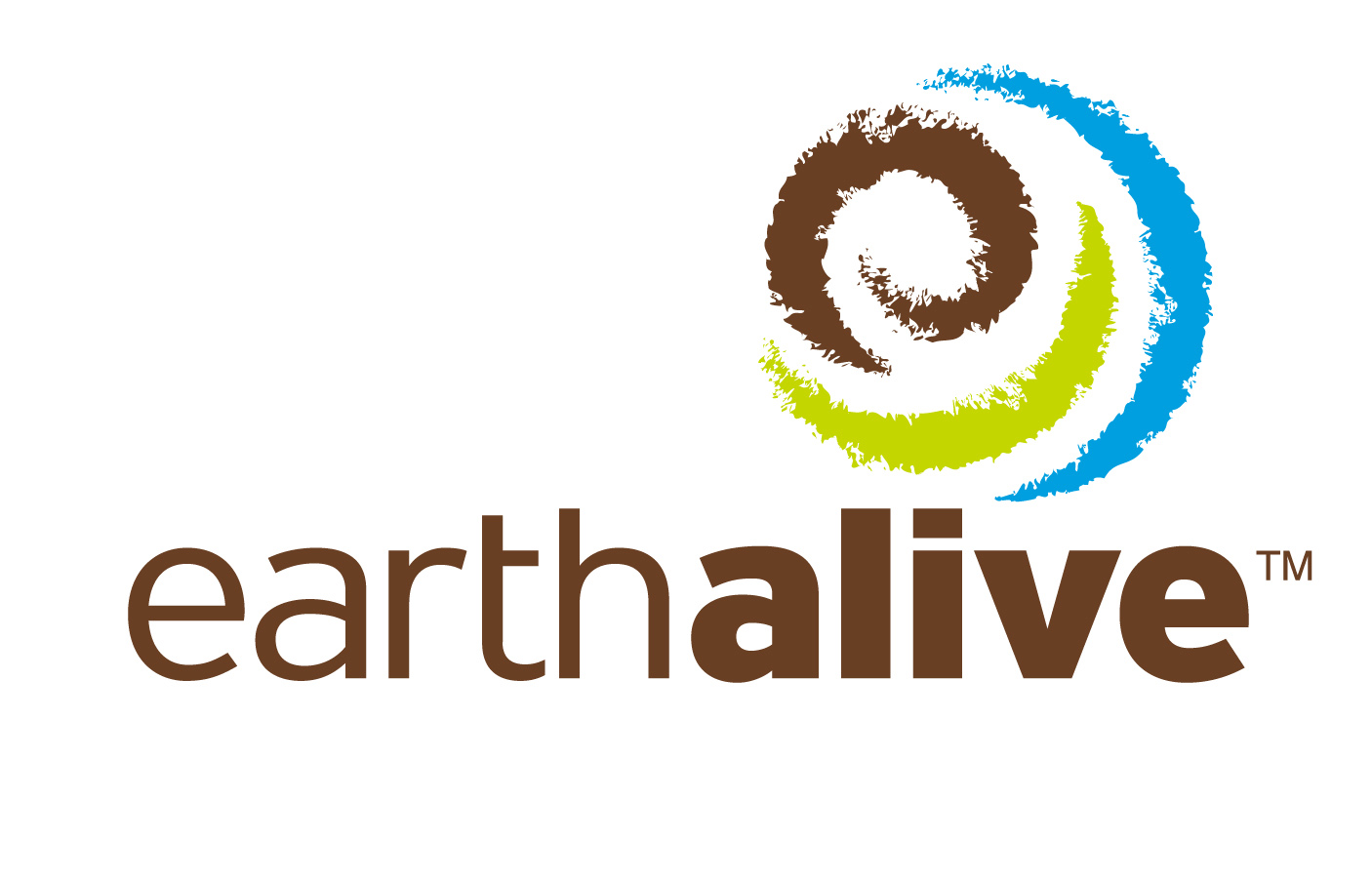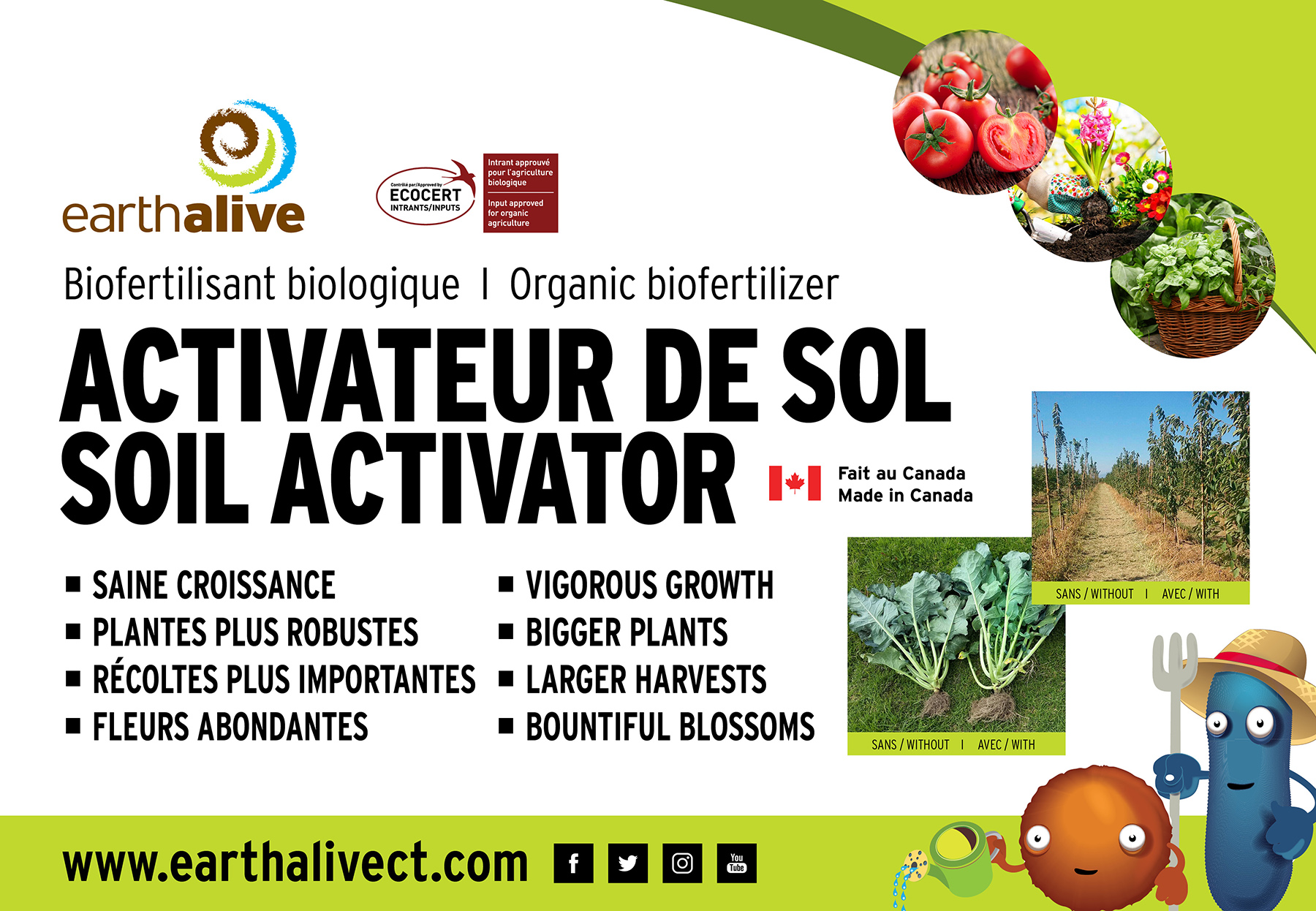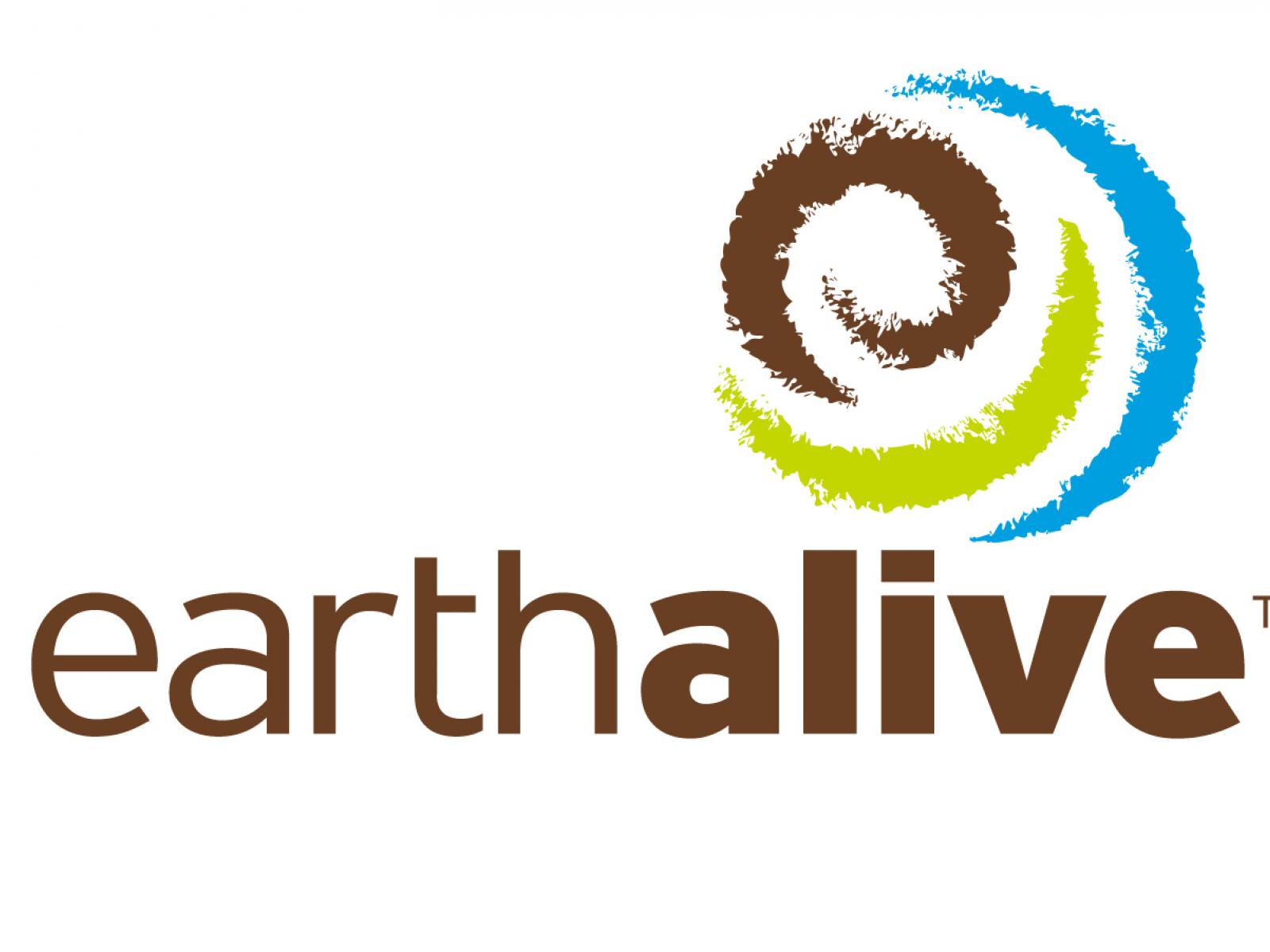An Overview Of Our Solution
- Population Impacted:
- Continent: North America
Organization type
Population impacted
Size of agricultural area
Production quantity
People employed
Describe your solution
Describe your implementation
External connections
What is the environmental or ecological challenge you are targeting with your solution?
Describe the context in which you are operating
Conventional agricultural practices are causing a decline in soil fertility by exhausting the carbon-rich organic materials that they contain and reducing soils to their bare mineral components, devoid of life. The destruction of arable soils is close to being irreversible without major changes to agricultural practices. Our company produces a non-crop specific organic microbial biofertilizer called Soil Activator™ that improves soil fertility through the use of non-genetically modified beneficial bacteria to “unlock” nutrients hidden from plants in the soil. We have sponsored field trials in 11 countries in the Americas and established civil society partnerships to have it adopted as an economically and environmentally viable best practice for more sustainable harvests, greater food security, increased soil biodiversity, and healthier agricultural landscapes.
How did you impact natural resource use and greenhouse gas emissions?
Language(s)
Social/Community
Water
Food Security/Nutrition
Economic/Sustainable Development
Climate
Sustainability
Our solution is built on market-based relationships, and as such it has not required external subsidies or grant funding to operate. Farmers generate higher yields with a positive return on investment. Dealers and distributors generate revenue through building new working relationships with customers. Earth Alive generates revenue through the sale of Soil Activator after product adoption. No grant money or government subsidies have been received to date.
Return on investment
Entrant Image

Entrant Banner Image

